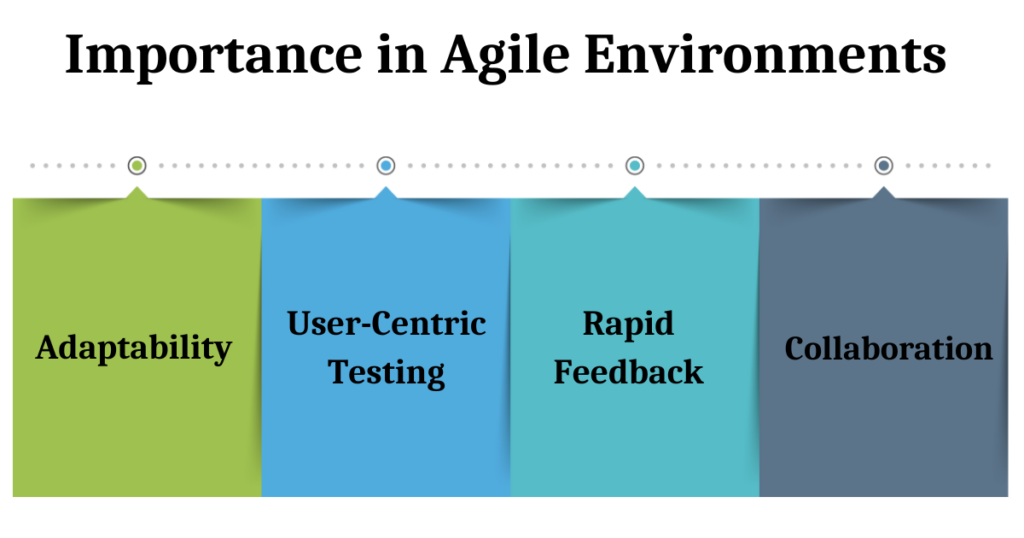Traditional testing methodologies often fall short when it comes to software development projects where requirements change quickly, which makes traditional testing methods inadequate.
We will explore what exploratory testing entails as well as its significance within agile environments as well as how artificial intelligence (AI) has altered this process.
In this blog we'll dive deep into exploratory testing itself, its importance within agile environments, and its revolutionary impact with artificial intelligence (AI).
Understanding Exploratory Testing
What Is Exploratory Testing?
Exploratory testing is an approach which emphasizes a tester's freedom and creativity while exploring a software application under test.
As opposed to scripted testing where specific test cases must first be predefined before conducting this testing, exploratory allows testers to use their experience, knowledge, intuition, and creativity in finding defects while simultaneously assessing functionality in real time.
This testing entails engaging simultaneously in learning, test design and execution processes to discover unexpected issues not easily discovered using traditional testing methodologies.
This testing employs an investigative mindset which makes this method suitable for uncovering unexpected concerns that would otherwise go undetected by traditional means of examination.
Importance in Agile Environments

Exploratory testing becomes even more essential in an environment with short iterations cycles and changing requirements, where exploratory testing becomes a must for success. Here's why:
- Adaptability: Agile teams need to respond rapidly to changes. This testing allows testers to adapt and pivot as necessary in response to new information or shifting priorities.
- User-Centric Testing: With this approach, testers mimic real user behaviors to more closely resemble end users' thoughts and identify issues which may hinder user experiences.
- Rapid Feedback: This testing provides instantaneous feedback on software's functionality, enabling teams to make quick decisions and improvements quickly.
- Collaboration: This testing fosters collaboration among developers and testers by stimulating dialogue on potential risks or areas of concern that arise while testing is underway.
Integrating exploratory testing into agile teams' workflows can significantly boost their testing effectiveness and help ensure they deliver top-quality software that exceeds user expectations.
How AI Supports Exploratory Testing
As organizations seek to enhance their QA processes, AI is playing an increasing role in augmenting exploratory testing processes. Here's why:
AI-Driven Insights and Suggestions
Artificial intelligence technologies can process vast quantities of testing sessions, user interaction and defect reports data and produce invaluable insights that guide exploratory testers during exploratory sessions.
AI can highlight areas prone to defects or suggest relevant test scenarios based on user behavioral patterns - providing invaluable help during exploratory sessions and helping lead them more quickly towards resolutions.
AI provides insights that allow testers to focus their exploration efforts more efficiently on areas with higher-risk, making the testing process more focused and targeted. This data-driven approach not only increases test coverage but also fosters confidence in its quality.
Tracking Exploratory Sessions for Future Reference
One major advantage of using AI for exploratory testing is documenting sessions. AI tools can automate tracking steps taken during this testing sessions such as actions taken, issues discovered and any observations made - making AI the perfect companion in tracking exploratory sessions for future reference.
Documentation serves a multitude of functions; herein lies its main utility.
- Knowledge Sharing: Recorded sessions can be shared among team members for knowledge transfer and creating an environment conducive to cooperation and teamwork.
- Continuous Improvement: Teams may review past exploratory sessions to identify patterns, recurring issues and successful testing strategies, leading to continual improvements of testing practices.
- Compliance Records: For industries requiring stringent compliance measures and documentation requirements, having an accurate record of This testing sessions can prove invaluable.
Utilizing artificial intelligence (AI) for This testing sessions allows teams to enhance learning and continuously refine testing strategies.
Book a Demo and experience ContextQA testing tool in action with a complimentary, no-obligation session tailored to your business needs.
Exploratory Testing | Utilizing AI for More Efficient Exploratory Testing
Exploratory testing is an approach which promotes creativity and adaptability when applied to quality assurance.
With agile environments continuing to expand and change rapidly, innovative testing methods become even more essential - by including AI into exploratory testing processes, organizations can unlock greater levels of efficiency and effectiveness than before.
AI-powered insights and session tracking not only expedite testing processes but also free testers up to focus on what matters: producing top-quality software that meets user needs.
As we move forward, This testing combined with AI will certainly redefine quality assurance processes allowing companies to take a more agile and user-centric approach towards software development.
Also Read - Introducing the Persona-Based AI Tester: Revolutionizing Quality Assurance
We make it easy to get started with the ContextQA tool: Start Free Trial.
